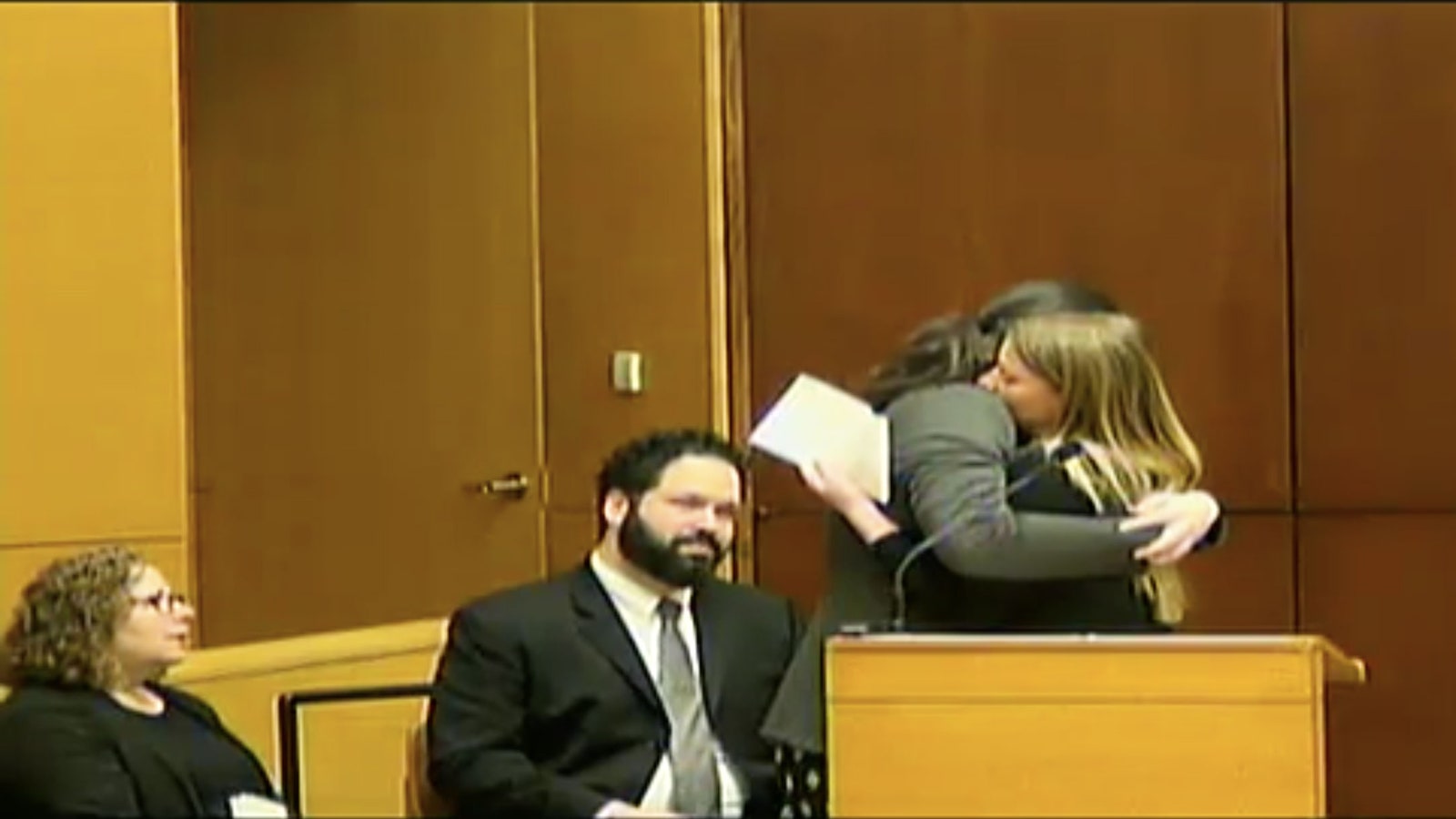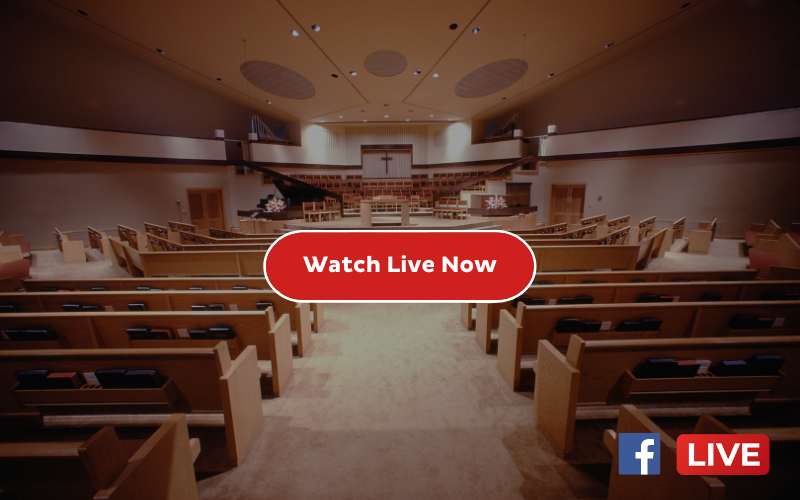Now Even Funerals Are Livestreamed—and Families Are Grateful

The call came on January 2. It was early enough in the morning that Natalie Levy probably shouldn’t have been awake—she had recently left a high-stress job at a private-equity firm in San Francisco, and was determined to relax a bit—but her dog had woken her up.
Paris Martineau covers platforms, online influence, and social media manipulation for WIRED.
It was her sister on the line. “When’s the last time you spoke to mom?” Levy remembers her asking. The worry in her voice was palpable. Levy’s sister was supposed to meet her mother that day in Ann Arbor, Michigan, where both lived, but the mother didn’t show.
Levy felt the panic rising. “Within probably an hour and a half, I was calling the Ann Arbor police, crying on the phone,” Levy recalled. “Something seemed so off.” Then, another call from her sister, who had searched her mom’s house with neighbors: They had found a receipt for a gun in the kitchen.
The call from her brother-in-law came shortly after midnight. He was crying and barely able to get the words out, Levy recalls. “He said they found her body on the outskirts of Ann Arbor, in a park,” she says between quiet sobs and shaky breaths. “It’s like you’re just living a nightmare. You don’t think it’s true. They say it takes about four months, with suicide, for it to fully set in.”
Within a few hours, Levy was on a plane to Michigan, where she and her family quickly planned the funeral. The suddenness of it all left them with an all-too-common problem: Tracking down the people whose lives her mother had touched, and giving them a chance to mourn with fellow loved ones.
There were friends who couldn’t travel and family members who lived too far away to make it in time for the service, which, by Jewish tradition, had to happen as soon as possible. But their chapel had a solution: It livestreamed the funeral, and uploaded a recording of the service to its website shortly after, with a hyperlink prominently displayed in the obituary.
“There was no question we wanted to do the remote [viewing], to make sure that [it was] something that [was] accessible if somebody was sick or if somebody couldn't make it. I think that’s really important,” said Levy. She says some extended family members her mother had reconnected with late in life were extremely grateful they could participate remotely, as were the half-dozen or so other friends and family members she recalls tuning in live.
“If one person listened then whose life she touched, that's enough,” Levy says. “Just knowing that people were able to participate ... I felt good about that.”
In a culture obsessed with tweeting and Instagramming every moment of life, it’s little surprise that streaming extends to death. Funeral livestreaming services have been around for more than a decade, but the practice has recently exploded in popularity, says Bryant Hightower, president-elect of the National Funeral Directors Association. He estimates that nearly 20 percent of US funeral homes now offer the service—a big number in an industry resistant to change—in response to demand from clients. Tech-savvy entrepreneurs offer livestreaming as a service to hesitant funeral directors.
For Marlene Bass of Boynton Beach, Florida, livestreaming was more of a necessity than a bonus. She and her husband, Stuart, moved to Florida from Detroit over 25 years ago. There, they played their way through many golf clubs in the state, made countless friends, and built a life together. But when he passed away last July, Bass says she knew most of their friends and Florida-based loved ones wouldn’t be able to say goodbye in person.
“When we moved to Florida and we started getting older we talked about what we were going to do,” said Bass. “He wanted to be buried where his father was [in a family plot in Michigan], so we agreed on it and prepaid our funeral expenses,” which included a cross-country plane ticket and accommodations so she could attend the funeral.
She opted to livestream the service. She said she’d used the technology before to tune into weddings when her husband was sick, and thought it made sense to bridge the gap for those who couldn’t make it to the funeral. “I was really happy that they could do that,” Bass said. “Everybody is getting old in my neck of the woods, since we've been here so long. A lot of people are going all over when they die. It's not just me.”
Gary Richards, founder of OneRoom, a company that offers livestreaming services to funeral directors in New Zealand, Australia, Canada, and the US, says he’s noticed that many of the families that use his service are recent immigrants from the Philippines, Vietnam, or India, who are looking for a way to connect with family and friends from back home. He’s says he’s also noticed a considerable number of Americans looking to bridge the east and west coasts.
Chad Techner, co-owner of the Ira Kaufman Chapel in Southfield, Michigan, which handled the Levys’ service, says the need for remote viewing services was evident from the moment he joined the family business in 2010.
“In the Jewish funeral world, we try and do things as quickly as reasonably possible and that makes it a little bit more difficult for people to get in,” said Techner. “In other customs, it'll be a week or two later, but even then, it's not always easy, feasible, or affordable for people to just fly in for a funeral.”
Techner says that when the Kaufman chapel began offering livestreams in 2010, the setup was simple: A single stationary camera in the chapel, connected to a computer with an ethernet cable. Demand quickly grew, particularly from people who wanted to livestream funerals being held elsewhere.
Now, the chapel has livestreamed funerals from temples and synagogues, in people’s homes, at a senior living facility, and even graveside. He says that around 85 percent of families at the chapel opt for streaming.
The videos are not solely for the benefit of remote viewers. Levy and her family found that it proved most useful to those that attended. “One of the things that we were told was: You're not going to remember anything,” she says. “[Everyone is] saying all these wonderful things, they're telling these stories and you can't process it,” the grief and shock is just too much.
In the months since her mother’s January 7 funeral, Levy says she and other family members have watched and rewatched the recording online. “One of the only things that every day reminds you of how great she was in such an awful time is people's memories and you sharing those memories with each other.”

In an image from the funeral video Natalie Levy hugs her cousin.COURTESY NATALIE LEVY/IRA KAUFMAN CHAPEL
Richards, of OneRoom, says that many families he’s worked with have similarly used the recording to mourn after the funeral. Streaming has made it technically easier, he says. “In the old days it was on a DVD or USB, which [would be] created and given to a family member, often elderly, who puts it in a top drawer and it disappears,” says Richards. “We’re basically like a memorial vault or digital cemetery for the family.”
OneRoom typically uses multiple cameras: one facing the lectern and one facing attendees—to give a sense of the room and mood; another viewing option displays a tribute video or slideshow, if one exists.
Richards says that tens of thousands of viewers watch OneRoom streams each month, including thousands rewatching funerals they attended or previously viewed. In each of the past three years, he says, the company has doubled the number of monthly viewers and funeral homes it works with; he thinks this year will be no different.
OneRoom’s livestreams and recordings are private; those invited to view the service have to enter a code to access the stream. Others share more openly. Techner, of the Kaufman chapel in Ann Arbor, says he gives families the option to make their streams private, but most opt not to do so, meaning they can be viewed by anyone who visits the chapel’s website.
The videos—even those taken in unusual locations—are surprisingly good quality when viewed on a computer or phone, and the sound is crisp, a review of dozens of funeral livestreams archived by the Kaufman chapel from the last year found. But Techner says it wasn’t always this way.
When they started doing off-site streams, Techner says technical difficulties were fairly common. The variability of non-hardwired internet connections would cause streaming issues about 20 percent of the time, which meant remote viewers would often have to wait until the funeral was finished before a quality recording of the service could be uploaded online.
“Now, it’s nearly never,” he said, citing the increased availability of easy to use (and cheap) mobile hotspots that can provide the high-speed internet access necessary for seamless live video streaming. “It is definitely much easier and more reliable streaming off-site [today] than it ever has been.”
Hightower, of the National Funeral Directors Association, says such challenges are part of why he thinks it has taken so long for livestreaming to take off. He says that nowadays the likelihood that a funeral home offers livestreaming depends on two key factors: size and location. Funeral homes located in urban areas are more likely to work with families who have relatives and loved ones spread out around the country.
Larger firms have more diverse clients and are better equipped to deal with the many small issues of running their own livestreaming operation, he says. “Funeral homes have to buy a music license in order to allow us to play recorded music from artists at funeral services,” he explained. But as livestreaming has become more popular, funeral directors have encountered unexpected copyright issues.
If you’re livestreaming a funeral, “you're also streaming some of those recorded music pieces that you had to pay a fee for, but in order to broadcast those outside the chapel and to stream them to virtually anywhere in the world you have to pay an additional streaming license,” which may be confusing to many funeral directors, says Hightower. “It's one of those things we've had to learn as we go.
.png)
.png)
